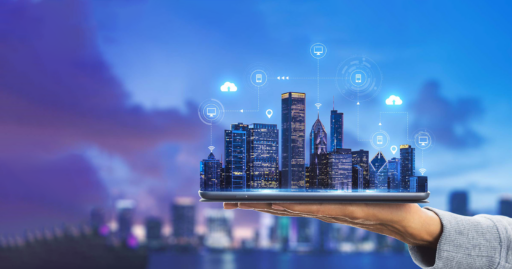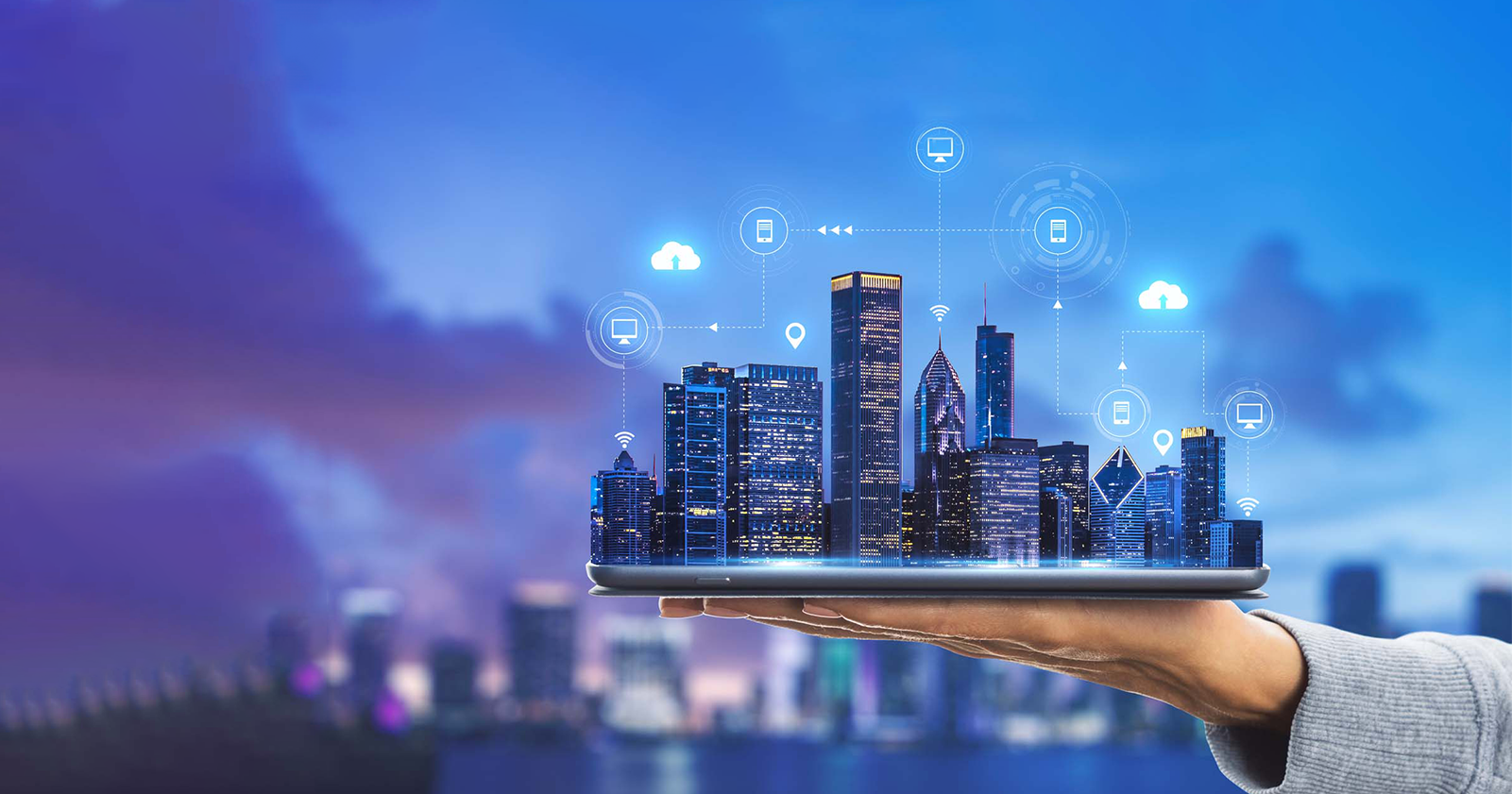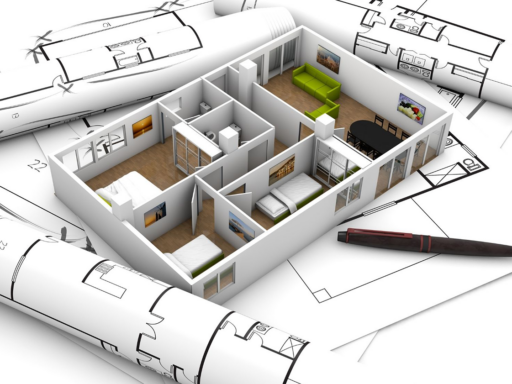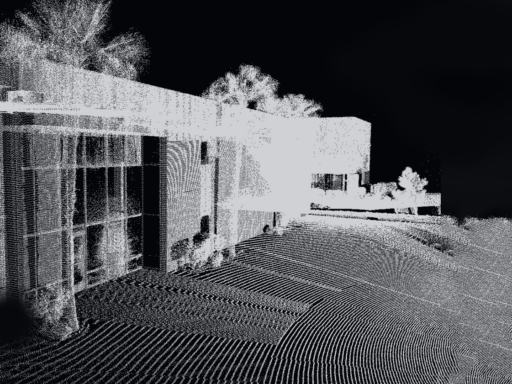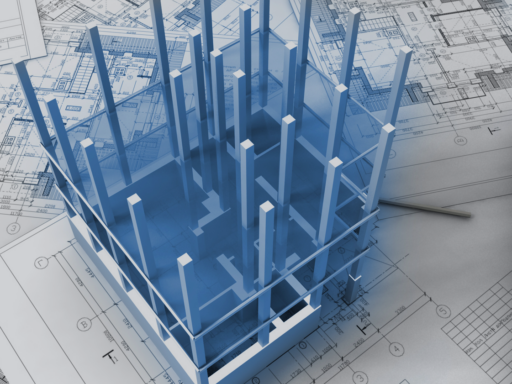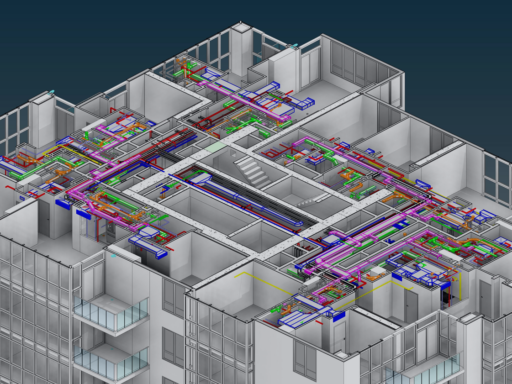Introduction
Two key technologies are driving the construction industry to a transformation, and this are the Internet of Things (IoT) and Building Information Modeling (BIM). The integration of IoT and BIM is revolutionizing the way we design, construct, and operate buildings, enabling greater efficiency, accuracy and sustainability.
“In the era of digital transformation, the fusion of IoT and BIM isn’t just reshaping construction—it’s redefining how we conceive, construct, and manage the spaces we inhabit.” – Josefina S., Architect
Ee will explore the profound impact of IoT and BIM on the construction industry and how their integration is shaping the future of building design and construction.
Highlights
- IoT and BIM are driving a revolution in the construction industry, enabling greater efficiency, accuracy, and sustainability.
- IoT refers to the interconnection of physical devices that collect and share data, while BIM is a collaborative methodology for creating and managing digital information about a building or infrastructure throughout its lifecycle.
- The combination of IoT and BIM allows for more precise planning and design, efficient construction through data collected by IoT sensors, effective asset management, and optimization of space utilization.
- Interoperability of data and privacy and security are key challenges that need to be addressed for the successful integration of IoT and BIM in the construction industry.
Understanding IoT and BIM
Before delving into their impact, let’s briefly define IoT and BIM:
- Internet of Things (IoT): refers to the network of interconnected devices embedded with sensors, software, and other technologies that enable to collect and exchange data over the internet. In the construction industry, IoT devices can include sensors installed in machinery, equipment and building components to monitor various parameters such as temperature, humidity and structural integrity.
- Building Information Modeling (BIM): is a digital representation of a building’s physical and functional characteristics. It encompasses the entire lifecycle of a building, from initial planning and design to construction, operation and maintenance. BIM software allows stakeholders to collaboratively create and manage building information throughout its lifecycle, enabling better decision-making and improved project outcomes.
The integration of IoT and BIM enables more precise planning and design by leveraging the data collected by IoT sensors and integrating it with the digital twins provided by BIM. This integration allows for informed design decisions and optimized construction efficiency.
“The true power of IoT and BIM lies not only in their individual capabilities but in their seamless integration, heralding a new era of efficiency, sustainability, and innovation in construction.” – Josefina S., Architect
The Synergy of IoT and BIM
While IoT and BIM are powerful technologies in their own right, their synergy is where their true transformative potential lies. By integrating IoT sensors with BIM models, construction teams can access real-time data about various aspects of a project, enabling better decision-making and more efficient project management. For example, IoT sensors installed in building components can continuously monitor their performance and health, providing valuable insights that can inform maintenance schedules and optimize building operations.
One of the key benefits of the integration of IoT and BIM is effective asset management. Once construction is completed, IoT integration allows for real-time monitoring of the building’s systems’ performance and health through IoT sensors. This enables early detection of issues and predictive maintenance, ensuring optimal performance and longevity of the building
The combination of IoT and BIM can optimize space utilization by collecting data on space usage and occupancy. This data can be used to optimize the distribution of space within a building, leading to more efficient resource utilization and a better experience for building occupants.
The Effective integration of IoT and BIM
This integration also enables the automatic updating of BIM models based on the data collected from IoT sensors, ensuring that the digital representation of the project remains accurate and up-to-date:
- Enhancing Construction Efficiency and Safety: One of the primary benefits of IoT and BIM integration is the enhancement of construction efficiency and safety. By leveraging real-time data from IoT sensors embedded in construction equipment and machinery, project managers can monitor their usage, performance, and maintenance needs more effectively. This proactive approach helps prevent costly downtime due to equipment failures and reduces the risk of accidents on the job site.
- Optimizing Building Performance and Maintenance: By incorporating IoT sensors into building systems such as HVAC, lighting and security, we can monitor and optimize their performance in real-time, leading to energy savings and improved occupant comfort. IoT-enabled predictive maintenance can help identify potential issues, prolonging the lifespan of building assets and reducing overall maintenance costs.
- Facilitating Collaboration and Communication: BIM serves as a central repository for building information, accessible to architects, engineers, contractors and other stakeholders throughout the project lifecycle. By incorporating IoT data into BIM models, stakeholders can access real-time information about the status of construction activities, identify potential conflicts or issues, and collaborate more effectively to resolve them.
Challenges of IoT and BIM in Construction
While the integration of IoT and BIM offers significant benefits to the construction industry, it also presents challenges that need to be addressed, one of the key challenges is the interoperability of data. It is essential to ensure that data can be seamlessly transferred between different systems and platforms. This requires the establishment of standards and protocols for data transfer, as well as close collaboration among industry stakeholders.
Another challenge is privacy and security. Collecting large amounts of data through IoT sensors can raise concerns about privacy and security. Robust cybersecurity measures and data protection protocols are necessary to ensure the confidentiality and integrity of the collected information.
“The integration of IoT and BIM is fundamental for the future of construction.” – Carles Roca
The Future of Construction
As technology continues to evolve, the integration of IoT and BIM is poised to revolutionize the construction industry even further. From autonomous construction equipment and drones to advanced analytics and artificial intelligence, the possibilities are endless. By embracing these innovations and leveraging the power of IoT and BIM, the construction industry can build smarter, safer and more sustainable buildings for the future.
This synergy offers numerous benefits, from optimizing construction processes and improving building performance to facilitating better communication and decision-making among project stakeholders. While challenges remain, the continued advancement and adoption of IoT and BIM hold immense promise for the future of construction.
Conclusion
The integration of IoT and BIM is revolutionizing the construction industry by offering greater efficiency, accuracy, and sustainability throughout the lifecycle of a building. The combination of IoT and BIM enables precise planning and design, effective asset management and optimization of space utilization. However, challenges such as data interoperability and privacy and security need to be addressed for successful implementation. As the construction industry embraces these technologies, it will be able to unlock new possibilities and deliver better outcomes for all stakeholders involved.

